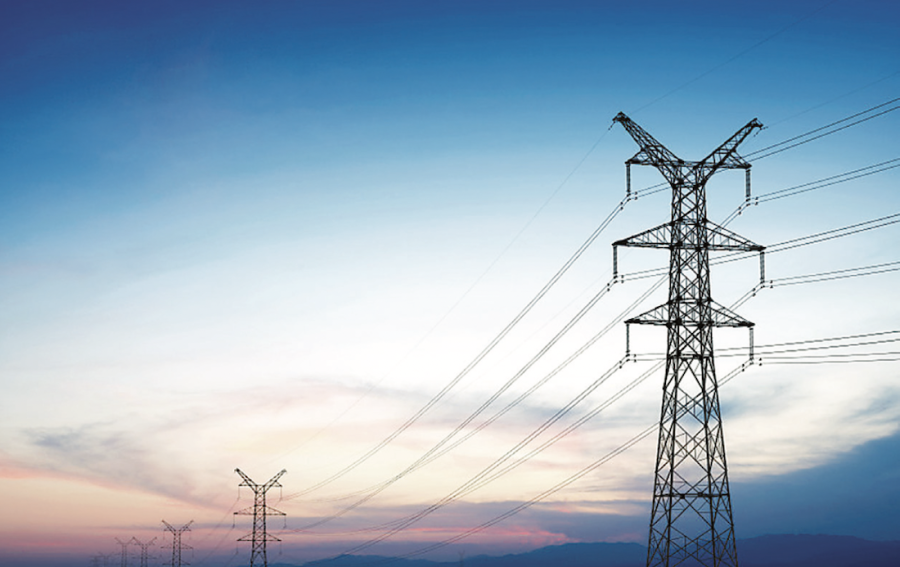National
Finding resources to produce 28,000 MW will be daunting
Government anticipates $46.5 billion will be required to meet the generation and transmission target set for 2035.
Prithvi Man Shrestha
Even though the government aims to generate nearly 30,000MW of power by 2035 and upgrade transmission and distribution lines for the same, the country faces a daunting challenge to generate resources to achieve the goal.
It is preparing a 12-year plan to boost energy production and market expansion, with the target of producing over 28,000MW of electricity by 2035.
Currently, the installed capacity of Nepal’s power projects is just over 2,800MW. And, the government hopes to boost energy exports by 2035 amid new regional markets, particularly in India, opening up, albeit slowly.
Of the total targeted power generation, domestic demand is expected to reach 13,500MW if the economy grows at an average of 7.2 percent annually. Moreover, there is a plan to export 15,000MW by 2035.
But massive resources will have to be poured into the sector to achieve the target.
According to the government’s estimates, as much as $46.5 billion (Rs6,209 billion) which is equivalent to around four years of the country’s annual budget, will be required to generate targeted power and develop transmission and distribution infrastructure.
Most of the resources will be needed to generate power. As much as $40 billion will be required for power generation while an additional $5.5 billion will be needed to build transmission infrastructure, plus $1.2 billion will be needed to improve the distribution network, according to the draft of an action plan, which has not been formally unveiled.
“The government expects to generate resources from government funds, private sector, banks and financial institutions, NEA, climate financing, non-resident Nepalis and foreign direct investment,” said Nabin Raj Singh, spokesperson at the energy ministry.
Officials and private sector representatives say that considering the current state of investment in the power sector, generating the required resources would be a big challenge.
“Obviously, an ambitious target has been set but we have to be ambitious,” said Kul Man Ghising, managing director of NEA. “Even if we can meet 50-60 percent of the target, that will be a huge achievement.”
According to him, the NEA has been investing in the range of Rs40-50 billion ($30-37 million) annually in the power sector including in generation, transmission and distribution.
Currently, the private sector is developing scores of projects with combined capacity of over 3,102MW, according to the NEA. “The estimated investment in those projects could be around Rs600 billion [$4.49 billion] based on the average cost of Rs200 million per megawatt [for run-of-river projects],” said Ghising.
The current level of investment from the NEA and the private sector suggests a huge resource gap that needs to be fulfilled to meet the generation target by 2035.
“Even though the target is daunting, it is not impossible with the right policy and business climate,” said Ganesh Karki, president of Independent Power Producers Association of Nepal (IPPAN). “The government should relax some rules for signing the PPA with private sector developers, be flexible on income source disclosure, and make loans cheaper.”
After a hiatus of three years, the NEA in February decided to resume signing PPAs for non-storage type projects with a combined capacity of 1,500MW. The limit has left many developers of run-of-river type projects in limbo.
With the export market not guaranteed and limited domestic demand for power, the NEA has been hesitant to sign more PPAs.
When Prime Minister Pushpa Kamal Dahal visited New Delhi in May-June, his Indian counterpart Narendra Modi, in a joint press meet, announced that India would buy 10,000MW in 10 years from Nepal. However the southern neighbour has been very selective in granting Nepal approval to export power.
So far, India has allowed Nepal to export 632.6MW. Nepal has sold electricity worth nearly Rs12 billion to India till mid-October in the ongoing wet season as earnings from the export has continued to grow over the past few years, according to the NEA.
Karki hopes the southern neighbour will continue to open up its market for Nepal’s power, given its own need for clean energy.
India has set a target of deriving 50 percent of installed cumulative electric power from renewables by 2030, and achieve net-zero carbon emissions by 2070.
It aims for 500GW of renewable energy installed capacity by 2030. Currently, more than 70 percent of India’s electricity is being generated using fossil fuel.
Considering the possibility of boosting energy export to India and the South Asian region, the NEA plans to come up with a new policy on PPA.
“A new PPA policy is under review for power purchase by allowing developers to design hydropower projects with the optimum Probability of Exceedance in order to generate maximum energy and eventually enhance the power export quantum during the wet season,” the NEA said in its Annual Report 2022-23.




 6.73°C Kathmandu
6.73°C Kathmandu










%20(1).jpg&w=300&height=200)




